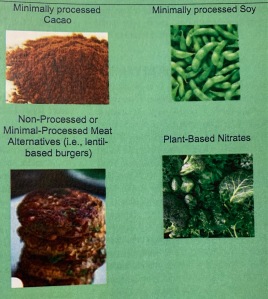
I am reminded of my late mentor, Dr. Peter O. Kwiterovich, Jr. who used to say when we published new research findings that “this is another feather in your cap”! Well, this expression could not be truer than what we have been witnessing with icosapent ethyl (IPE), the highly purified omega-3 fatty acid, EPA. First there was the landmark study, REDUCE-IT where IPE reduced the risk of cardiovascular death, heart attack, stroke, bypass/stent placement and rehospitalization for unstable by an astounding 25% in statin treated men and women with high triglycerides and cardiovascular risk. To date, IPE remains the best treatment for patients at similar underlying risk.
Last week, 2 new feathers were added to the IPE cap during presentations at the European Society of Cardiology (ESC), one of medicine’s premier international meetings. The first paper presented by my colleague, Dr. Deepak Bhatt found IPE to reduce the risk of the 2 types of heart attacks (ST and non-ST elevation) by 40% and 27%, respectively. The second feather was the result of another analysis showing that IPE eradicated the excess risk of cardiovascular events attributable to cigarette smoking; the manuscript is published in the European Heart Journal Cardiovascular Pharmacotherapy. For a comprehensive review of other IPE “feathers”, check out the excellent new review by Dr. Prakriti Gaba published in JCL.
During an ESC presentation, the prominent Danish Professor and Lipid Expert, Dr. Borge Nordestgaard, commented to me that every analysis performed for IPE has shown strikingly positive results. Could the reason for IPEs success be that the compound has unique characteristics that other fatty acids don’t? In fact, my colleague Dr. Preston Mason has performed a number of elegant studies demonstrating that to be the case. Specifically, IPE reduces inflammation and oxidative stress while improving endothelial function.
You certainly don’t have to convince me that IPE acts different fatty acids. Decades ago, we examined the role of purified EPA in human cells and found favorable effects that were not observed with other fatty acids- perhaps a presage of good things to come for IPE.
Michael Miller, MD is a cardiologist and Chief of Medicine at the Corporal Michael J Crescenz VA Medical Center and Vice Chair of Medicine at the Hospital of the University of Pennsylvania. Prior to his arrival in Philadelphia, he was Professor of Cardiovascular Medicine, Epidemiology and Public Health at the University of Maryland School of Medicine. He is the author of numerous scientific publications and several books, including Heal Your Heart published by Penguin Random House. Check him out on twitter: @mmillermd1









